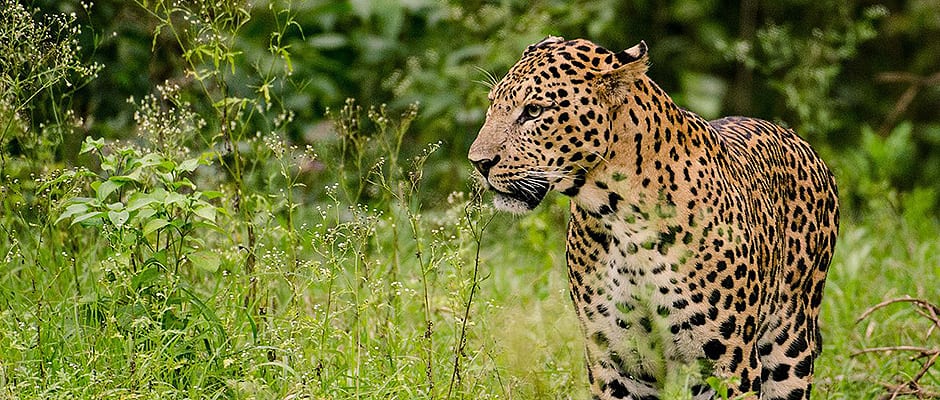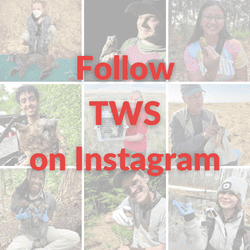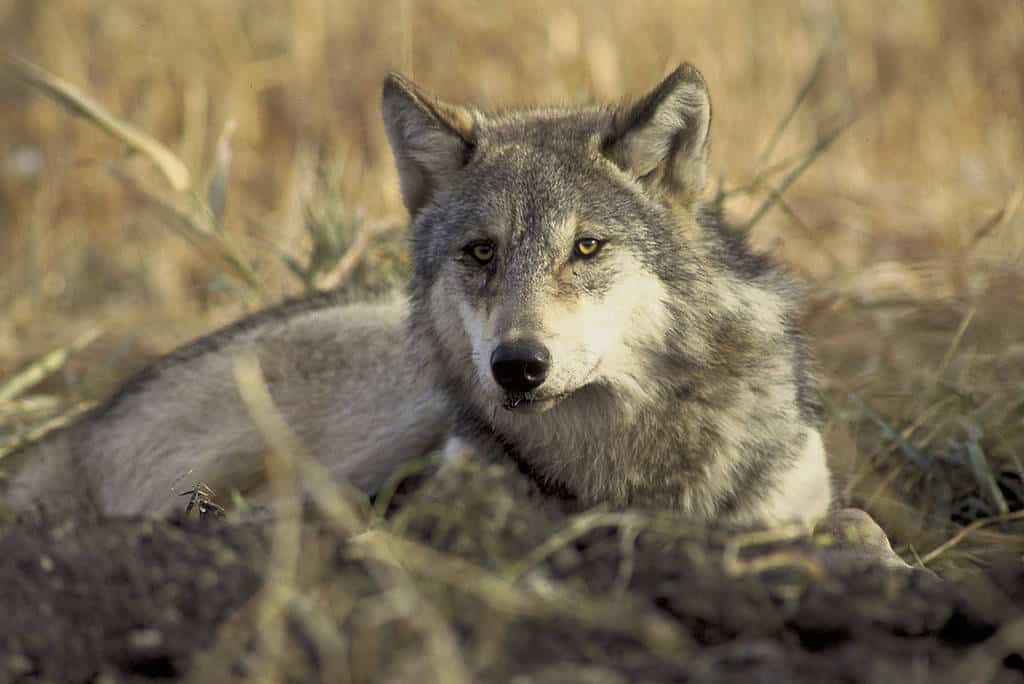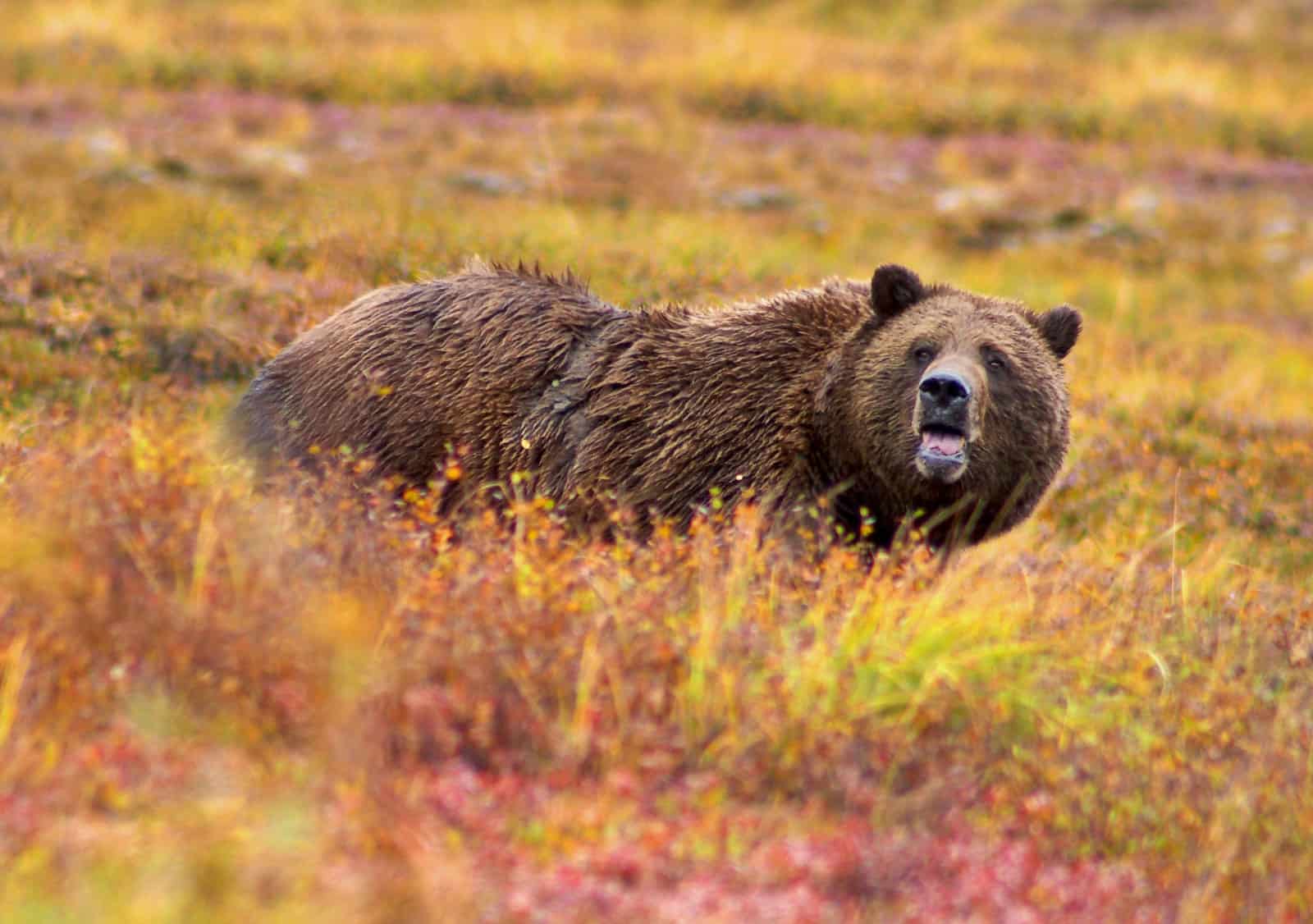Share this article
Genetic Forensics Reveal Poaching Hot Spots
Research sleuths from the University of Washington and India’s Tata Institute of Fundamental Research used clues from leopard (panthera pardus) DNA to identify leopard-poaching hotspots in India, according to a paper published online in Conservation Biology.
“To understand the dynamics of illegal poaching and trade of species such as the leopard, it is critical to determine the geographic origin of confiscated parts,” wrote the study’s lead author Samrat Mondol of the University of Washington. “However, detecting the origin of seized wildlife body parts is challenging, especially for a widely distributed species such as leopards.” Leopards roam throughout Africa and tropical Asia, with illegal wildlife trade reaching from India to Myanmar, Laos, Nepal and China.
In order to determine where illegally traded leopard parts — and the leopards that those parts belonged to — originally came from within India, Mondol and a team of researchers first created a genetic roadmap of sorts. They extracted DNA from the blood and fecal samples of 173 leopards living in the wild. They also recorded the geographic location of where they collected those samples in order to match the animal’s DNA with its location. After analyzing the DNA samples, the researchers were able to create a genetic roadmap showing which genetic variations in leopard DNA were associated with which geographic regions in India.
Using the genetic roadmap as a reference, the researchers tried to determine where leopard body parts seized by wildlife enforcement agencies in Karnataka state in Southwest India originally came from. They found that the body parts belonged to 40 leopards. Once the researchers analyzed the leopards’ DNA, they were able to compare those results to the genetic roadmap and determine which regions those leopards lived in before poachers killed them.
Poaching is a threat to leopard populations in India. TRAFFIC, a wildlife trade monitoring network, estimated poachers slaughtered at least four leopards each week in India during the first ten years of the millennium—that’s more than 2,000 leopards killed in one country in a decade. As organizations such as TRAFFIC aggregate data from wildlife enforcement agencies, they can shed light on wildlife trafficking operations. For example, they found more than a quarter of India’s illegally traded leopard products — most of which were skins and bones — were seized in Delhi in northern India, a hub of illegal trade.
But illegal trade is only one piece of the puzzle. In fact, Mondol and his team’s research suggests that illegal trade hotspots are not necessarily the same as wildlife poaching hotspots. Though the body parts were seized in Karnataka, researchers found that the leopards originally lived anywhere from 190 to 1,000 miles away, suggesting that while Karnataka is likely a shipping route in the Southwest and trading hubs are in the North, the actual hotspot for wildlife poaching is in central India.
Mondol suggests that future research could expand on the reference map in order to distinguish between leopards from various continents. This could help enforcement agencies distinguish between leopards from Asia and those from Africa, where some trophy hunting is legal. Identifying poaching hotspots can also help wildlife enforcement agencies decide where to focus their limited resources.
Header Image: Image Credit: Srikaanth Sekar








